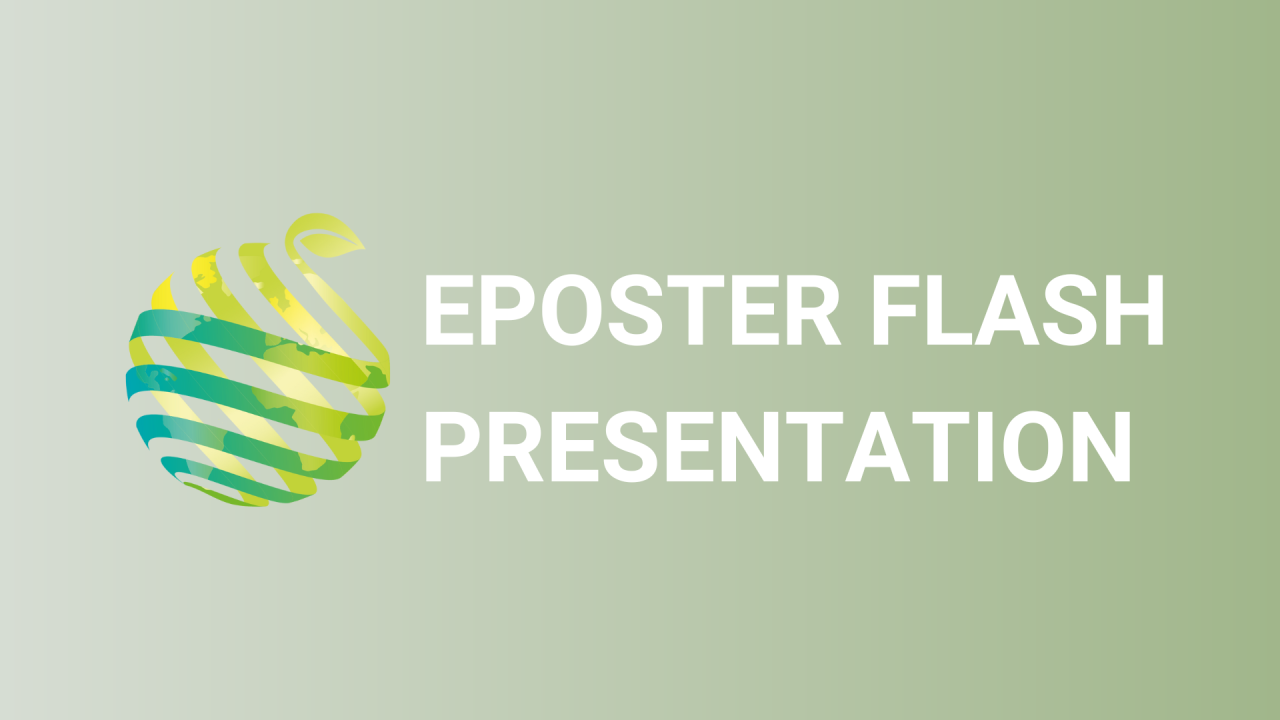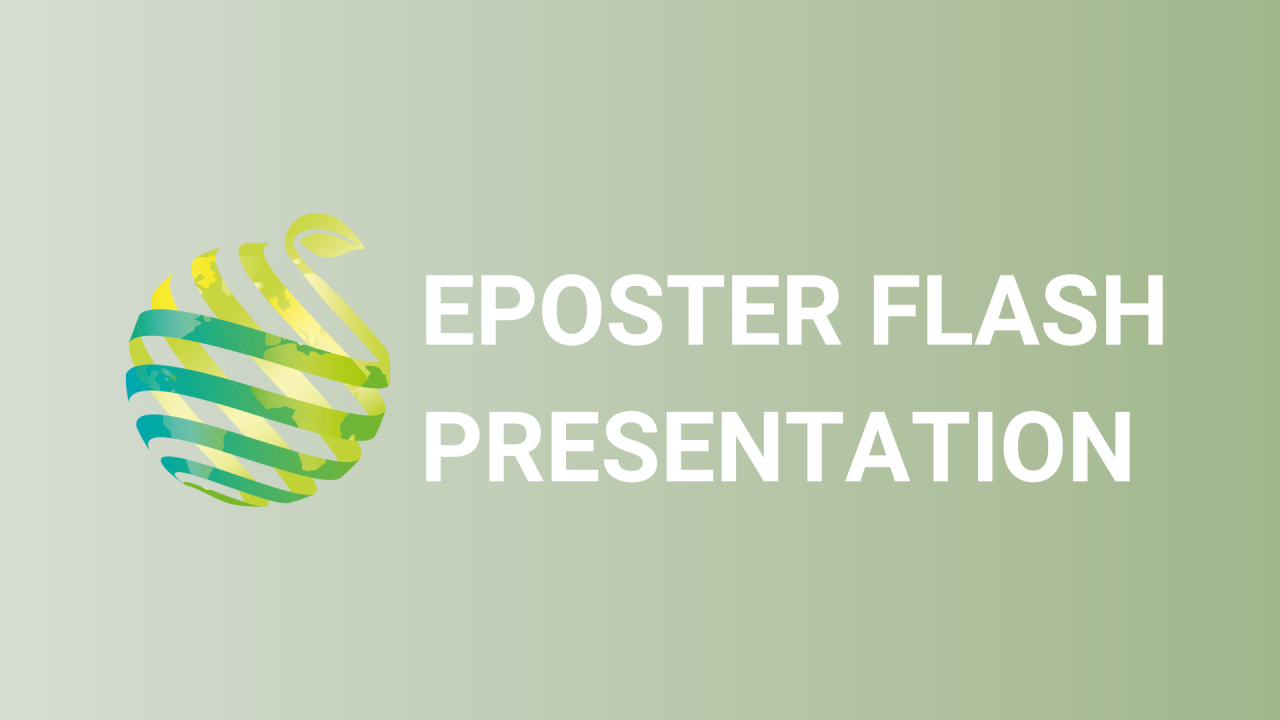

S07 - Session P2 - Desealing soils to promote ecosystem services: synthetizing practices among stakeholders
Information
Authors: Robin Dagois *, Claire Vieillard, Laure Vidal-Beaudet, Stéphanie Ouvrard
Soil sealing consists in covering the soil with impermeable materials and is one of the main causes of soil degradation in Europe. Very little work has been dedicated to evaluate the potential for soil renaturation via unsealing. There is a lack of knowledge about the bio-physicochemical properties and the functioning of desealed urban soils ( e.g. fertility, drainage capacity, contamination by organic and inorganic compounds (heavy metals, PAHs)). In this context, the research program DESSERT (Desealing of soil, ecosystem services and territory resilience - 2019-2023) aims at improving the knowledge of these ecosystems. One innovative aspect lies in the close collaboration between research actors (in soil science-agronomy, ecology and urban planning), operators of urban planning (public works and landscape companies) and a technical centre acting at the interface. The objectives are to highlight practices of desealing in cities, lead experimental desealing protocols and to provide tools to help urban planners, designers and managers to take soils functions into consideration (fertility indicators, technical decision support guide). An online survey was conducted to identify, collect and analyze operations of desealing throughout France and neighboring countries. The online query (60 questions), was run over a period of 4 months) and allowed collecting more than 50 fully usable responses. It met the initial goal of collecting more than 50 fully usable responses, which cover a large diversity of projects, structures and stakeholders. The results included data such the desealing operations, the composition of constructed soils and the cost and benefits of the project. In addition, two urban operators partners of the DESSERT project (Wagon Landscaping and SCE) designed project description notes providing detailed available information for each desealing operations in which they have partaken (around 20). The results are crucial to build the next experimental step that are strongly related to actual desealing practices.